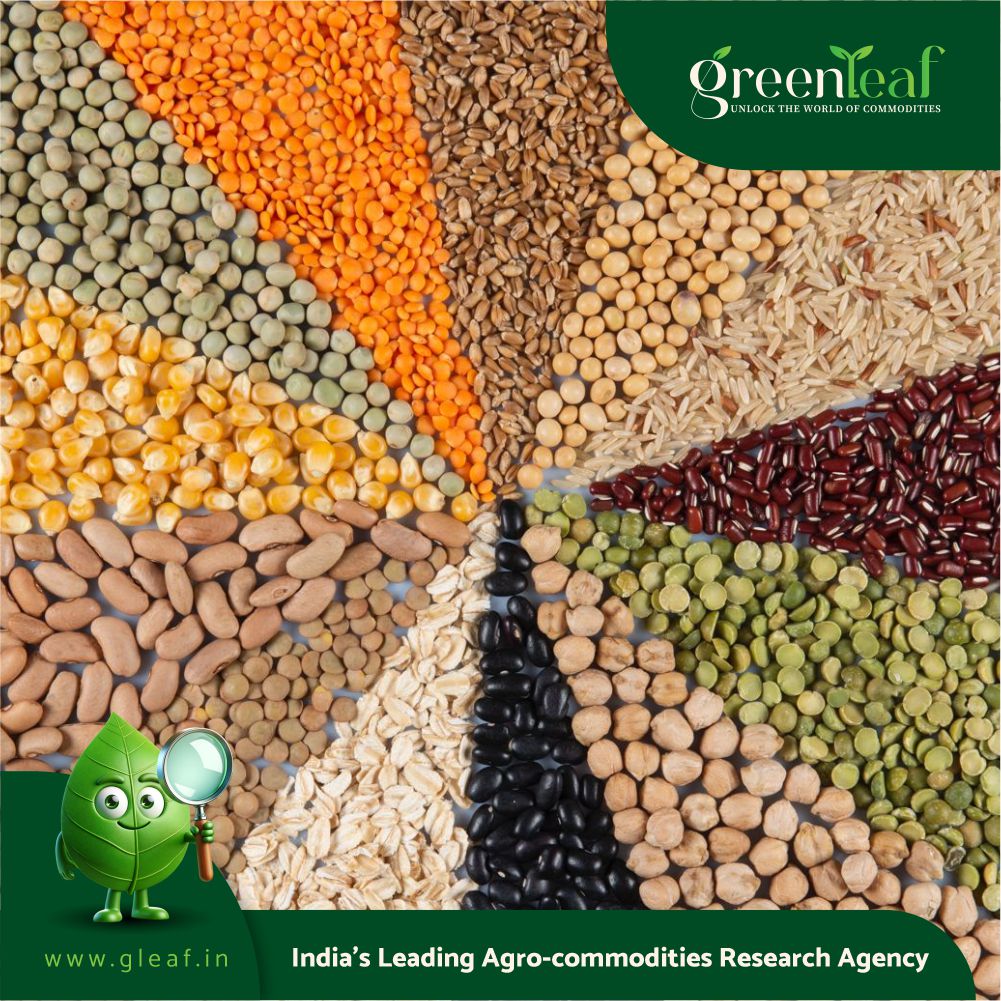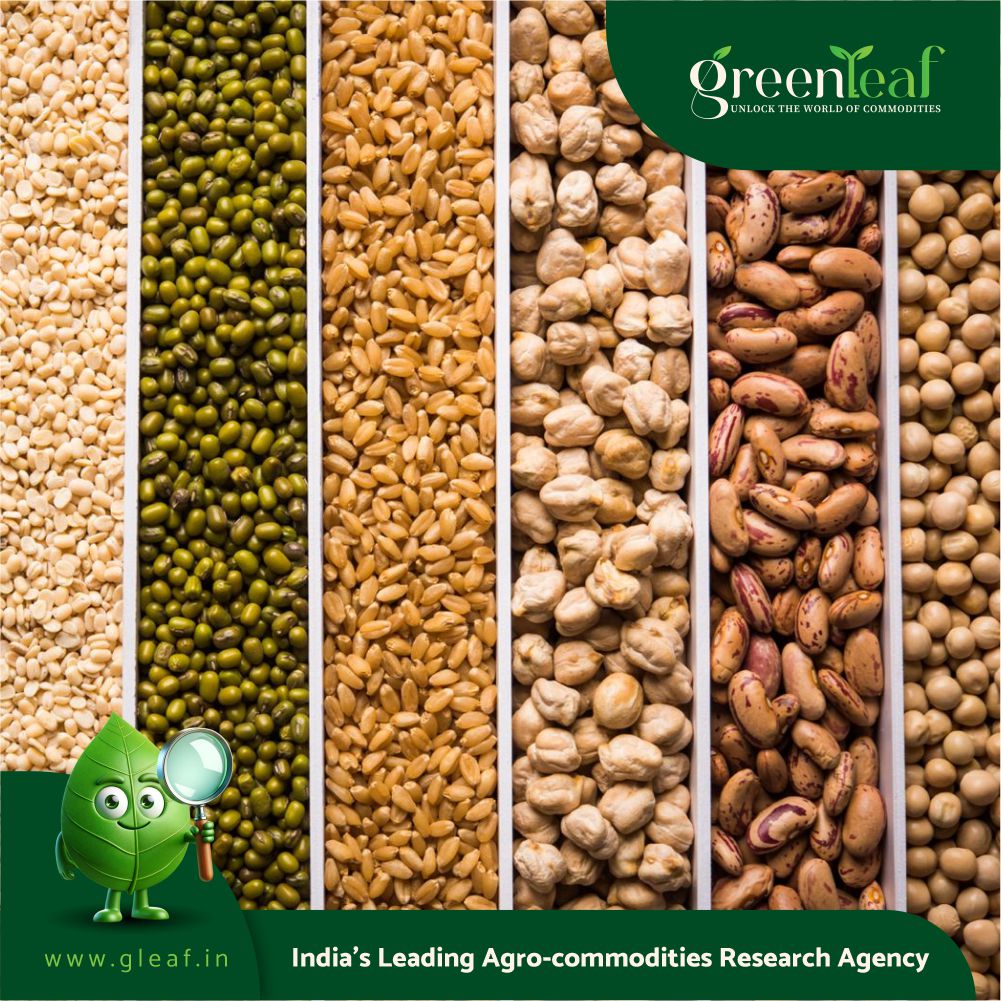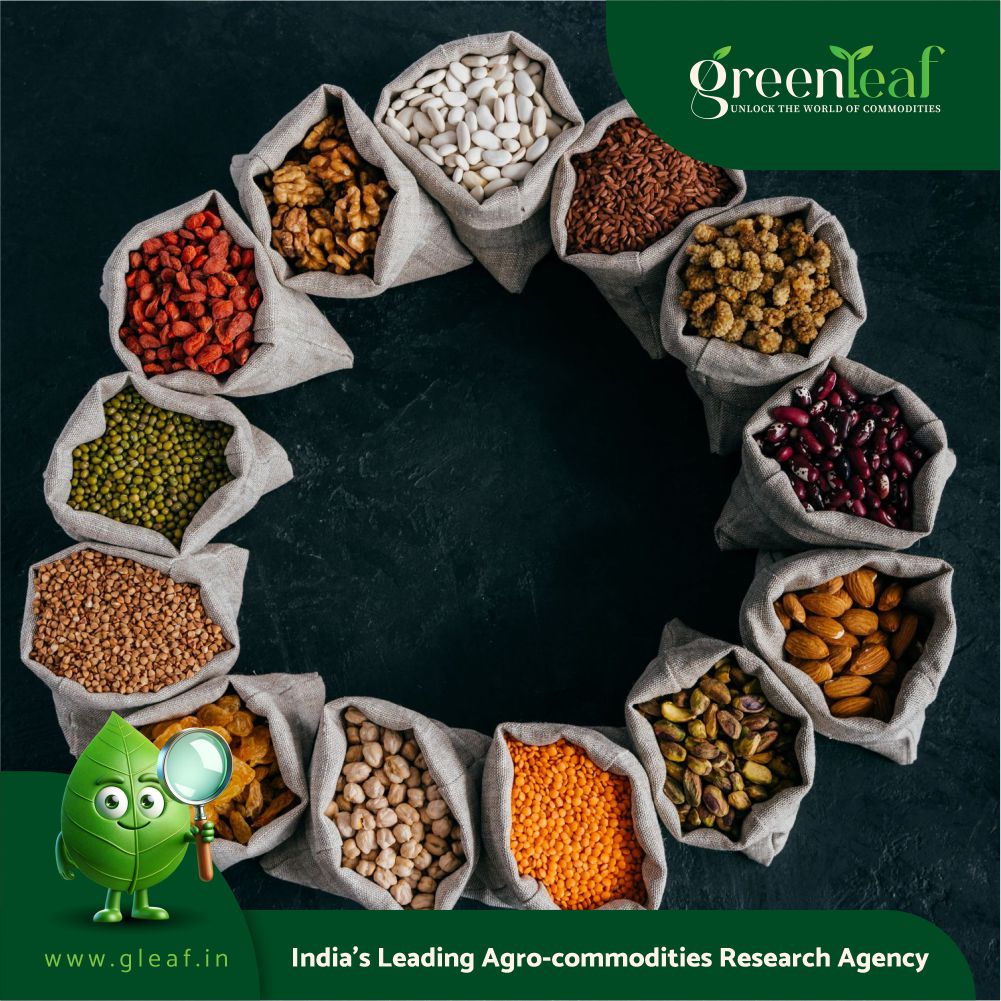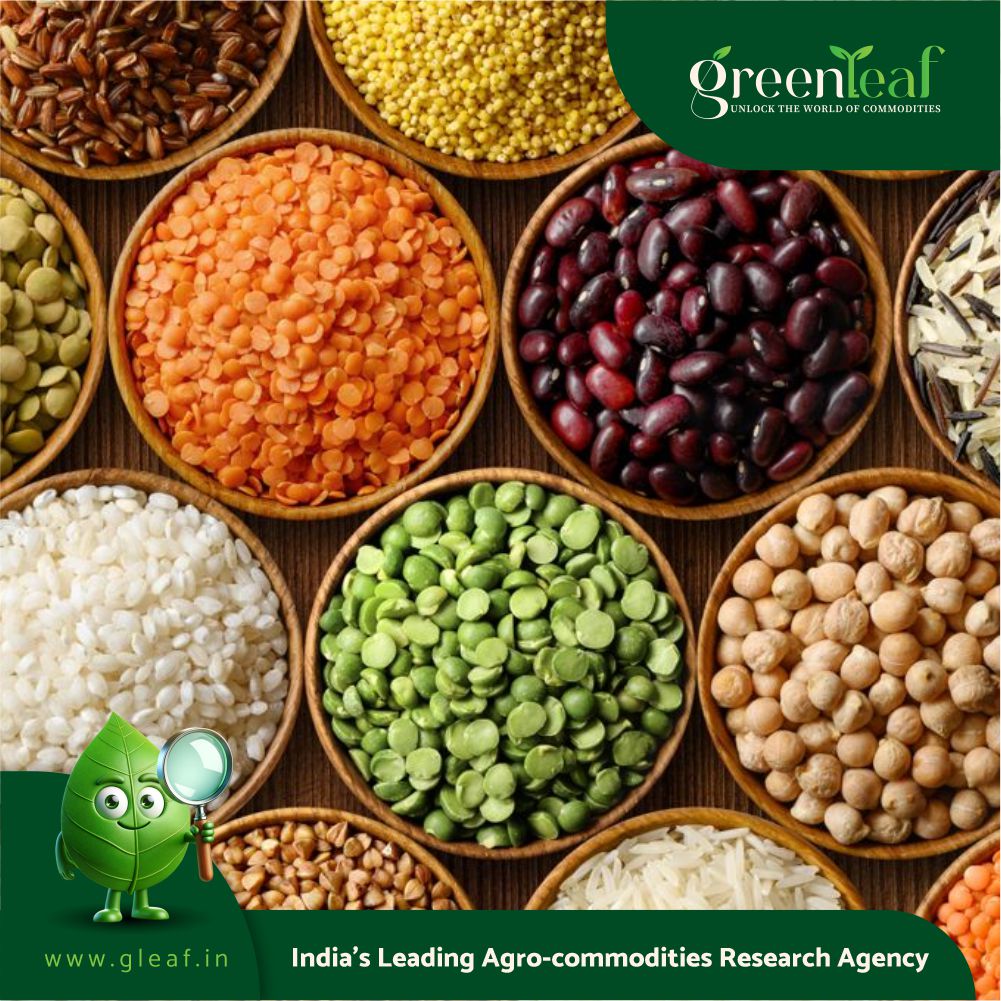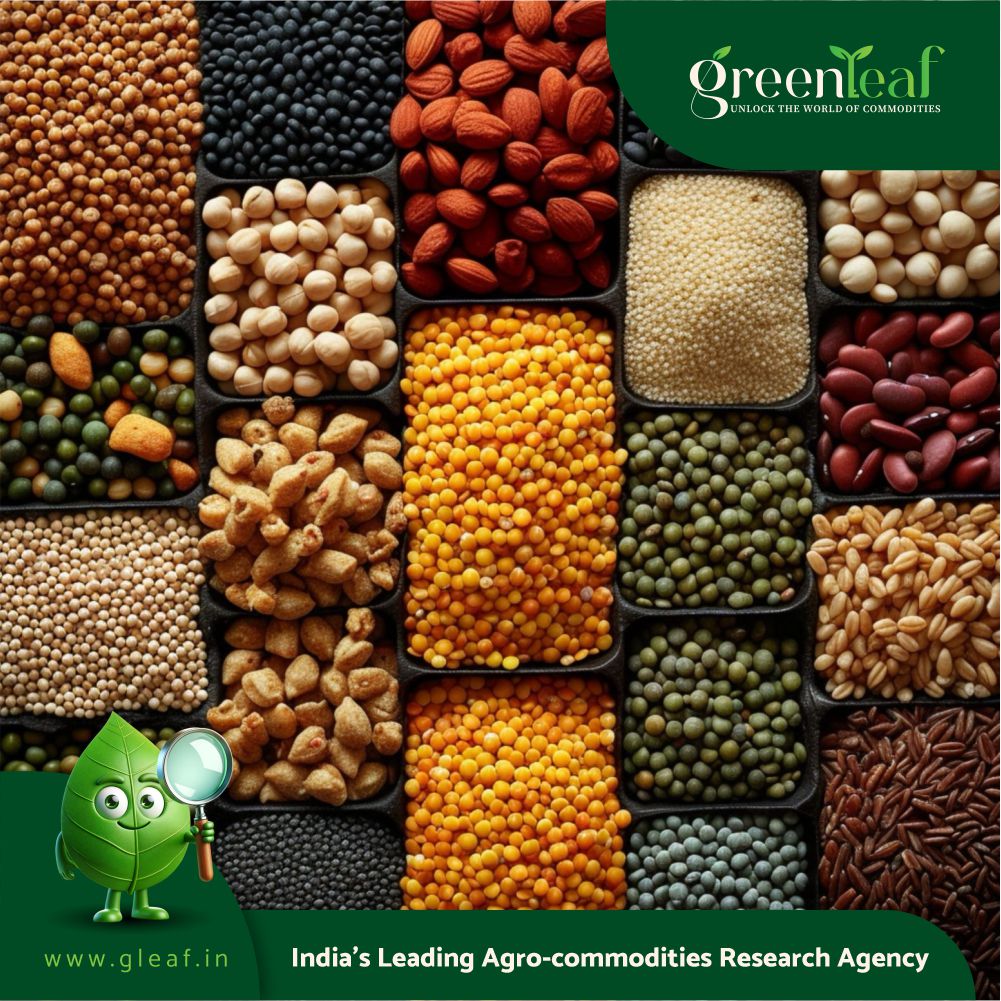Desertification is the steady deterioration in the quality of land in dry, sub-humid, arid, and semi-arid landscapes, marked by a decline in the biological productivity of ecosystems. June 17 is observed globally as the World Day to Combat Desertification and Drought – a timely reminder that land degradation is not a distant ecological problem, but one that is unfolding in our own fields and farms.
According to ISRO‘s Desertification and Land Degradation Atlas 2021, almost 30% of India’s land was undergoing desertification as of 2018-19. The Ministry of Environment, Forest and Climate Change (2023) further reports that 24% of land degradation has occurred in Rajasthan, Maharashtra, Gujarat, Karnataka, and Jharkhand – regions already grappling with water stress and the decline of traditional rain-fed farming. Alarmingly, the same report mentions that degradation is also rising in hill geographies such as Himachal Pradesh (43%), Ladakh (42%), Tripura (43%), Jammu & Kashmir (21%), and Uttarakhand (13%).
This degradation is not just environmental, but reflects deeper policy choices. Since the Green Revolution, Indian agriculture has skewed heavily toward high-yielding varieties of rice and wheat, supported by state procurement, fertiliser subsidies, and irrigation infrastructure. This model of monoculture has had dire consequences. Paddy fields consume between 3,000 and 5,000 litres of water to produce just one kilogram of rice. As a result, groundwater levels are collapsing across large parts of the country. Moreover, the dependence on monocropping and intensive chemical inputs has depleted soils and eroded biodiversity. This has also increased the stakes for our farmers who find themselves on a treadmill of rising input costs, particularly on fertilisers and pesticides just to maintain the same amount of output. Many end up trapped in cycles of debt, a stark reflection of the agrarian crisis looming large across different parts of India.
In many of these same regions, millets and pulses once thrived. Green Revolution successfully addressed the issue of calorie deficit in a majority of Indians, but by skewing our thali heavily in favour of carbohydrate-heavy rice and wheat. This has led not only to nutritional but environmental imbalance as well. Now, as climate change accelerates drought cycles and groundwater tables fall, it is time to ask if bringing back millets and pulses can help us reclaim our land?
Millets such as jowar (sorghum), bajra (pearl millet), ragi (finger millet), and a variety of minor millets are climate-resilient crops that are naturally suited for arid and semi-arid conditions. They require 80% less water than rice and reduce soil erosion. Their short growing cycles further enhance their suitability for regions with unpredictable weather patterns. Finger millet is called a ‘famine crop’ as it can withstand dry spells, needs little water for growing and is resistant to pest attacks. Beyond their ecological value, millets are nutritionally superior, containing more fibre, iron, and micronutrients than polished rice or wheat. They address both environmental degradation and deficit in nutritional diversity, thus being a win-win for both land and people.
Often overlooked in climate discussions, pulses such as arhar, urad, kulthi(horsegram), and region-specific varieties like Bhatt ki daal (black soybean) are also powerful allies in sustainable agriculture which can help combat desertification in the hill topographies. They fix atmospheric nitrogen, improving soil health without chemical fertilisers. They require minimal water and are suited for rain-fed conditions. They are rich in protein, iron, and fibre and therefore crucial for dietary diversity and nutrition.
In Uttarakhand’s hilly regions, pulses like bhatt, gahat or kulthi, and rajma(kidney beans) are well adapted to terraced, rain-fed farms. They need minimal inputs, support soil fertility, and are embedded in local food cultures. Yet, their cultivation is shrinking as policy support and market access remain negligible. Data shows that the agricultural landscape of hill geographies like Uttarakhand is also dominated by paddy and wheat. The highest sown area in Uttarakhand is wheat (about 35%), followed by paddy (24%). Pulses lag abysmally behind, with an area of only 4%.
India took a commendable step in championing 2023 as the International Year of Millets at the United Nations. However, the policy momentum has failed to keep pace with the rhetoric. Procurement remains inconsistent, especially in non-traditional millet states. There is limited consumer awareness, especially in urban areas. Institutional support on seeds, extension services, marketing etc. is weak. The inclusion of millets and pulses in the Public Distribution System (PDS), mid-day meal schemes, and institutional kitchens can create stable demand and revive cultivation. Similarly, targeted procurement, decentralised processing units, and community seed banks can rejuvenate dry land and hill economies.
In hill states like Uttarakhand, traditional pulses and millets are more than crops. They have been the anchors of ecological and cultural resilience. Bhatt ki daal, for instance, is rich in protein and grows well in poor, rain-fed soils. These local varieties need no irrigation, enrich the soil, and support household nutrition. Yet, they are vanishing from farms and kitchens alike. Without market incentives or institutional backing, farmers switch to high-input cash crops or migrate out of agriculture altogether. The cost is not just environmental degradation but the loss of traditional knowledge systems that have preserved sustainable land use for generations. The revival of these indigenous pulses could also generate local employment across the value chain, ranging from on-farm cultivation to community-level processing, storage, and packaging, especially for women in hilly areas.
If India is serious about combating desertification, its agricultural policy should pivot around millets and pulses. This requires more than international observances and exhibitions. It demands real policy reform. The government must expand MSP and procurement for millets and pulses, support decentralized value chains and local processing units, and integrate these crops into nutrition schemes and public food programmes. Additionally, funding research on indigenous crops and promoting community seed banks can help preserve agro-diversity. Consumer awareness campaigns will also be key in creating urban demand and bridging the rural-urban divide in food preferences.
Millets and pulses are not only the crops of our past, they are also the crops of the future. They have the ability to take care of the nutritional diversity of the people and also be in tandem with the needs of our ailing soil. As India stares at the twin crises of land degradation and nutritional insecurity, these crops offer a way out – a pathway that is rooted in both science and tradition.
On this World Day to Combat Desertification and Drought, the future of agriculture needs to be reimagined not as a race for higher yields alone, but also as a journey toward restoration of our depleted soil and polluted water. The solutions do not lie in technological interventions alone, but in the time-tested grains and pulses that have nourished our ecosystems and communities for generations. This is not merely about food security, but equally about ecological survival. This truly is No Country for Old Grains—unless the government decides to rewrite that story.

